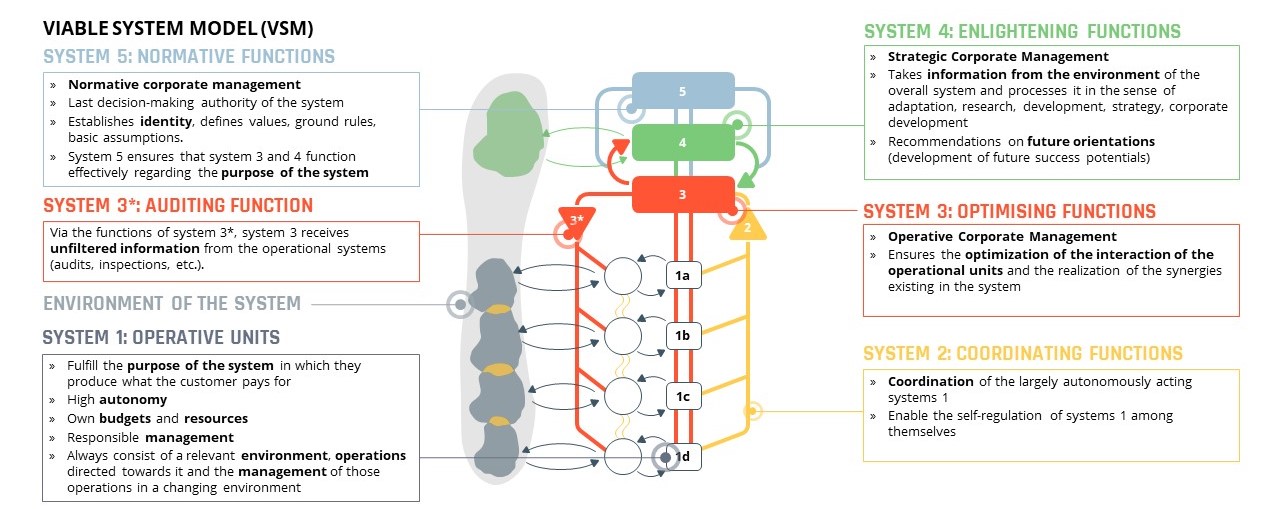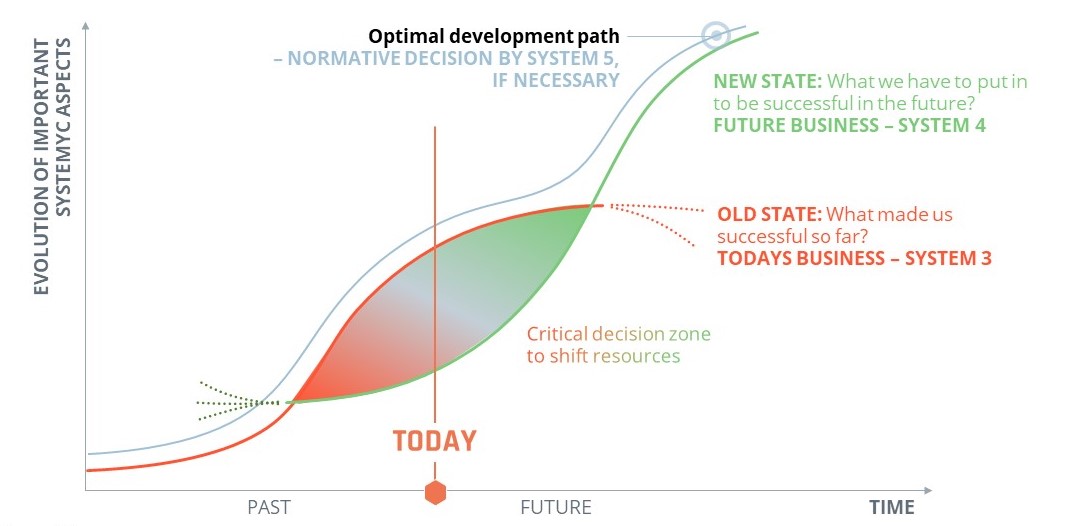Dr. Christopher Brüggemann (1983) is a Project Manager with focus on transforming organizations to improve performance, speed and agility. He is also an expert in strategy deployment, organizational design, and transformational change. Christopher has advised numerous companies through multiyear organizational transformations, often focused on operating model development and putting new ways of working, structures, processes, decision making mechanism in place.
Before joining Berylls, Christopher worked at Sixt SE, several other consultancies, and served as a research associate in cooperation with Deutsche Telekom. He has a PhD in economics and a diploma degree in business administration of Bayreuth University.






